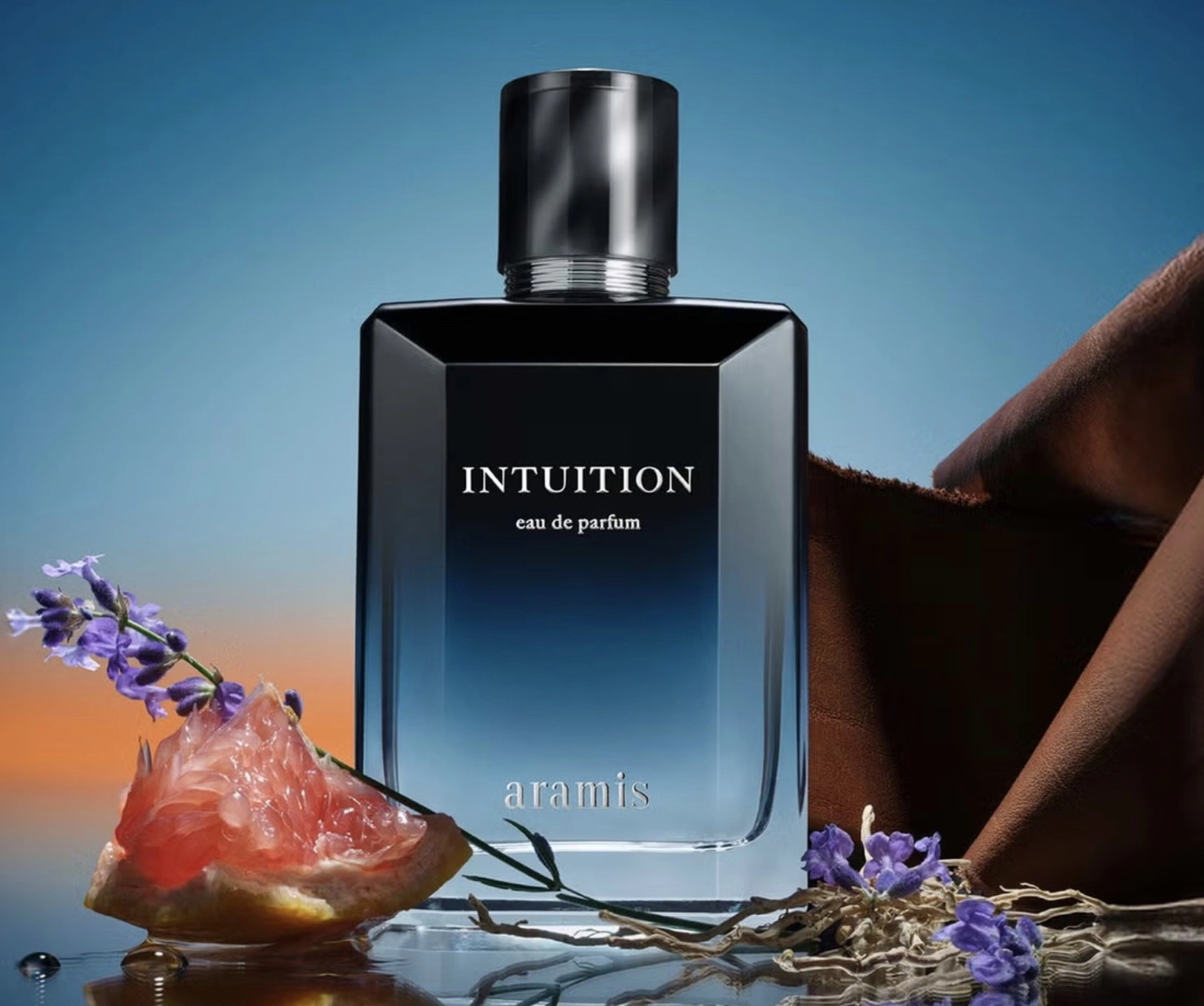For over a decade, Gwyneth Paltrow has been the sun around which the contemporary wellness solar system orbits. Her company, Goop—equal parts lifestyle brand, digital oracle, and aspirational echo chamber—has sold detoxes and jade eggs, almond flour muffins and moon dust, all under the gilded promise of betterment through restriction. For the price of surrendering your gluten, your dairy, your sense of indulgence, Goop promised a radiant glow, a balanced gut, and a version of yourself so optimized she barely blinked.
But now, in a quiet revelation delivered during a podcast interview, Paltrow has confirmed something seismic for her loyalists and skeptics alike: she’s back to eating bread. Sourdough, specifically. And cheese. On occasion. After years of being one of the most disciplined faces of clean eating, she’s returned to foods long banished by the paleo code. And the subtext is clear: even the queen of green juices and infrared saunas can’t escape the gravitational pull of a warm slice of crusty, fermented flour.
This admission isn’t just about bread—it’s about the unraveling of a cultural moment. Paltrow’s pivot, soft and self-aware, is both deeply personal and quietly political. It comes at a time when the wellness industry she helped inflate to a $1.8 trillion global behemoth is undergoing a reckoning of sorts—one where orthorexia is being recognized for the disorder it is, where food neutrality is gaining traction, and where women are reclaiming their appetites from the talons of optimization culture.
A Decade of Discipline
Goop launched in 2008 as a weekly newsletter filled with Paltrow’s favorite recipes and detoxes, travel tips and reflections. What began as the musings of a high-functioning actress and mother soon ossified into a full-fledged brand of aspirational purity. Goop became synonymous with elimination diets and luxurious minimalism—a temple of expensive moderation, with items like $75 “high vibration” body oil and $240 vitamin regimens.
Paltrow herself was the brand’s most loyal disciple. She practiced what she preached: fasting, dry brushing, sauna sessions, clean ketogenic eating, zero caffeine before noon. Her 2016 cookbook It’s All Easy was filled with dairy-free, sugar-free, grain-free meals that offered the illusion of ease but required, for most, a personal chef and a Whole Foods within reach.
Bread was not just discouraged—it was demonized. In the Goop lexicon, gluten was an inflammatory agent, a saboteur. Dairy was equally villainous. The paleo diet, which eschews processed foods, legumes, grains, and most dairy, was Paltrow’s trusted gospel. She spoke of feeling “lighter,” “less bloated,” “sharper” without these things. The wellness world followed suit, and soon enough, bread was out of style.
Why Bread, Why Now?
So why the return now, and why does it matter?
On the surface, it might read as a throwaway anecdote. A celebrity indulging in sourdough and artisanal cheese hardly registers as news. But in the context of Goop’s messaging—and the years of public shaming around so-called “bad” foods—this is nothing short of apostasy.
During her recent podcast appearance, Paltrow didn’t deliver her new dietary choices as a dramatic reversal. There was no manifesto. Instead, she spoke casually, even shyly, about enjoying bread in moderation. She laughed at her former rigidity. She seemed lighter—emotionally, not just physically.
This is significant because of how entwined her image has been with food abstinence. To see her walk back from that altar suggests a shift in the tectonic plates of celebrity wellness. And it taps into a much larger cultural sentiment: the growing fatigue around restriction, and a deep yearning for the pleasures we were told to shame.
The Post-Wellness Pivot
There is, at present, a noticeable softening in the wellness world. Influencers once obsessed with Whole30 and intermittent fasting are now posting about intuitive eating and joy-based movement. The pendulum is swinging toward self-compassion. Paltrow’s admission can be read as a signal that this pivot has reached the highest echelons of clean eating culture.
Goop, too, has evolved—slightly. Its most recent campaigns are less about detoxes and more about “rituals.” The tone has shifted from prescriptive to suggestive. There’s less sanctimony, more flirtation with imperfection. The brand is still deeply aspirational and exorbitantly priced, but it no longer speaks in absolutes.
It’s tempting to call this evolution progress. But the question remains: why now? Is it personal, performative, or strategic?
Paltrow is now 51. Her children are older. Her role in the public eye has changed. She’s no longer positioning herself as a guru, but as a woman in midlife reflecting on the choices that once defined her. In interviews, she has spoken candidly about hormone shifts, the absurdity of perfection, the joy of balance. Her decision to eat bread again might be part of that larger personal transformation.
But it’s also market-savvy. The tide of culture has turned, and even Goop cannot afford to appear out of sync. If the vibe of 2014 was kale chips and bone broth, 2025 is sourdough and soft pants.
Sourdough as Symbol
Sourdough, in particular, is a telling choice. Unlike store-bought white bread, it’s artisanal, fermented, and slow—qualities that align with Goop’s aesthetic values. It’s bread for the discerning. The intellectual. The self-aware indulgent.
Choosing sourdough over, say, Wonder Bread, allows Paltrow to indulge without fully collapsing the Goop identity. It is, in effect, the most Goop-y way to break a carb fast: with a wild-yeast, naturally-leavened, possibly locally milled flour loaf that costs $14 at Erewhon.
But symbolically, it’s a step toward something bigger. It’s a nod to the idea that food is not moral. That pleasure does not equal failure. That sometimes, being well includes butter.
Undoing the Damage?
Still, it’s worth asking: is this enough?
For years, Goop set a punishing standard. Its aesthetics and ideology—white, thin, rich, clean—became the blueprint for a kind of aspirational womanhood that left little room for hunger or softness. It popularized the idea that health is something to be purchased, controlled, flaunted. And it contributed to a wave of orthorexic thinking that pathologized indulgence.
The return to bread, no matter how well-intentioned, doesn’t undo that cultural impact. It doesn’t erase the millions who internalized guilt around gluten. It doesn’t refund the dollars spent on detox kits or clean eating cookbooks. And it doesn’t dismantle the class structures that undergird the wellness industry.
But it does, perhaps, open a small door. A permission slip. A signal that even the most devout can change their minds.
Food as Identity, Food as Freedom
Paltrow’s admission invites us to reconsider the ways we tie food to virtue. For too long, health has been synonymous with purity, and purity with thinness. But what if health is actually about abundance? What if wellness isn’t a tightrope but a picnic blanket?
To say “sourdough is allowed” is to ask what else might be. What other pleasures have we quarantined? What desires have we shamed into submission?
Paltrow, whether she intends to or not, is showing that identity need not be fixed. That even a brand as calcified as Goop can soften around the edges. That bread can be more than food—it can be metaphor. A symbol of surrender. Of warmth. Of sharing.
In a world that often demands our self-discipline and suffering as proof of worthiness, allowing bread is a radical act.
Impression
It would be naïve to say that one woman’s return to carbs will undo the mythology of wellness. But it can mark a new chapter—one less obsessed with abstention and more curious about balance.
In some ways, Gwyneth Paltrow is doing what many women of her generation are: unlearning. She is unwinding the tight coils of dietary extremism that once offered her a sense of control. And in doing so, she might be modeling a new kind of aspirational living—not about perfection, but permission.
No comments yet.








